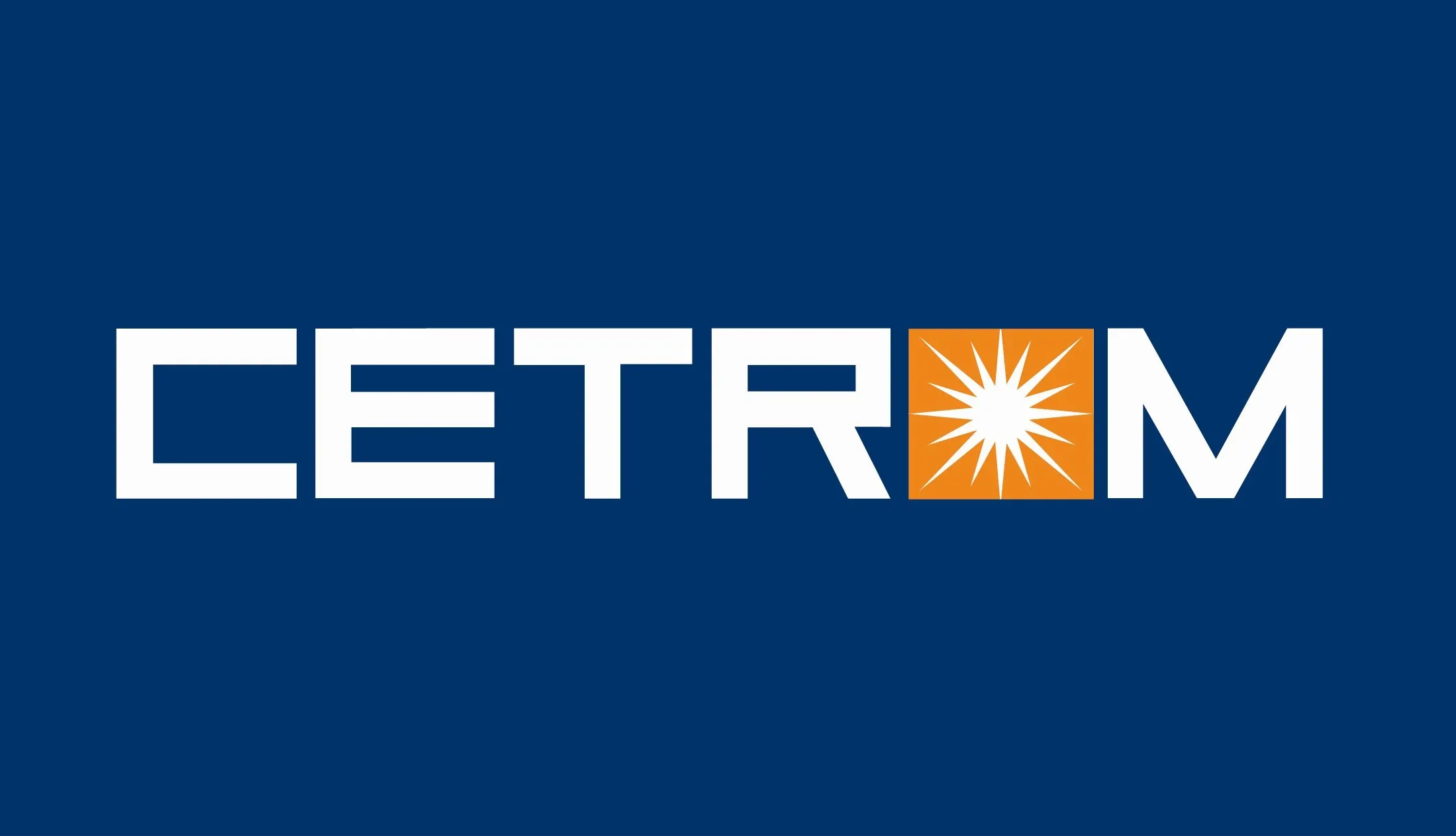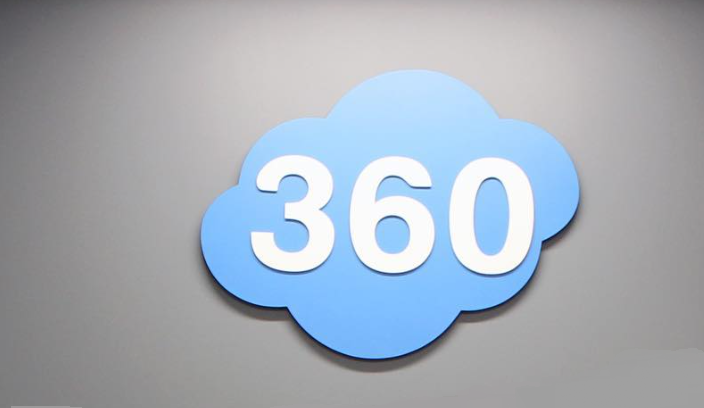BigTime from Edison’s Attic
tracks time, expense and budgets,
and helps mid-sized to large firms
manage projects, staff, resources
and customers. It is browser-based,
though it is sold to run on a local
area network. A hosted version,
BigTime Online, is also available.
FEATURES – 4 Stars
BigTime adjusts the software terminology
during installation, but the defaults
for accounting did not fully match
up and will require additional manual
customization for many firms. Master
information is adequate but less
robust than many competitors. Employees
have five billing rates and cost
rates. Their “capacity”
or available hours for a period
can be defined for comparison reporting.
Project billing rates are also supported.
Multiple cost centers (location,
department, specialization, etc.)
can be defined, assigned to staff
and projects, and used for special
reporting. Progress milestones to
mark completion of project stages
are user-defined. Milestones, billing
status, goals, budgets and other
information can be viewed from the
Project Dashboard.
Time can be entered on the following
screens: form, weekly, timer-based
and task-list. Using the daily,
weekly and monthly snapshots, a
manager (and staff) can view incomplete
time records. Snapshots also link
to budgets and to-dos, making it
clear where time should be spent.
Time can be sorted and grouped/subtotaled
by project, day, week or budget
category. The Timesheet Summary
compares budgeted to actual hours
and shows remaining project hours.
Month-to-date time review allows
managers to see staff capacity (hours
available), budgeted staff hours
and percent of capacity, recorded
hours and percent of capacity, and
utilization rate. Users can drill
down from any summary amount to
detail. Among the best functionality,
these screens (and reports) help
managers connect the dots between
budgets, bills and profits, and
identify free time to staff new
projects and help with others.
BigTime offers nine invoice templates,
including time and materials, fixed
fee (percent complete), flat monthly
fee, flat fee per budget item, milestone
billing, progress payments, recurring
per period, and variations. Contract
data for a project includes contract
type, invoice format, rate type,
invoice notes, deposit (retainer)
paid, workflow control, and more.
Invoice review status can be checked
on a single screen. The software
supports an invoice approval process.
Unique among the reviewed packages,
BigTime’s Sales function (new
business pipeline) tracks both WIP
and opportunities. Revenue expectations
may be attached to projects. As
the pipeline changes, managers and
partners can view how the changes
impact revenues. The Revenue Summary
report shows how projects and clients
contribute to the firm’s bottom
line. Using probabilities for opportunities,
firms can project end-of-year results.
Other BigTime functionality includes
Document Library, a repository for
standard documents that includes
password protection, restricted
access to sections and version tracking.
One click opens the document in
the appropriate program. Another
useful feature is Project Notices.
Managers set e-mail notifications
for events such as completed or
overdue milestones, project plan
changes, new task assignment, etc.
A Project Diary (notes) helps managers
track issues and other items. Each
note is date stamped and the author
identified.
INTEGRATION – 4 Stars
MasterPlan for Microsoft Project
(add-on module) consolidates MS
Project plans in BigTime, distributing
tasks to staff to-do lists. Project
managers can compare actual to budget
hours using information from BigTime
and MS Project. Partners can see
the big picture, viewing both MS
Project and BigTime projects together
so they can monitor budgets, staffing
requirements and capacity.
BigTime also integrates with QuickBooks,
importing staff, clients and other
information for setup, then sharing
client, employee and invoice data.
Firms can set up special accounts
that do not export to BigTime. Also,
time detail can be passed from BigTime
to QuickBooks to do payrolls.
REPORTING – 5 Stars
Among the 50+ reports available
are ones for profitability, production
status, WIP, AR, budgets, and sales
forecasting. Many on-screen dashboard
lists augment the reports. For example,
an Account List shows managers budget
and actual hours and costs, gross
margin, and utilization. On this
single screen, managers can see
which projects need attention and
can drill down to detail to find
out why. Reports can be viewed as
a Microsoft Snapshot or *.PDF files.
EASE OF USE & LEARNING CURVE – 4 Stars
Effective graphical roadmap menus
(in addition to drop-down menus)
and on-screen information boxes
and How-Do-I boxes lower the learning
curve, making learning more gradual.
The boxes can be minimized for more
advanced users. In contrast, flaws
include lack of true drop-down lists
for fields (separate lookup windows
display), a Help button that opens
a *.PDF manual rather than displaying
context-sensitive help, and lack
of direction and explanations for
certain tasks. BigTime supports
only Microsoft Internet Explorer.
RELATIVE VALUE – 4 Stars
If administrators read the manuals
(at least seriously skim them),
any mid-sized or large firm should
be comfortable running BigTime in
a few weeks thanks to the various
devices that lower the learning
curve. Robustness may not be immediately
obvious, but it is worth the effort
to dig in.
2004
OVERALL RATING: 4 Stars
This review examined the following
key areas:
Features – Does the product offer remote processing capability? Is it
designed for online use? Does it have features that
can help your firm become more productive
and/or more profitable? Does it
give you better control over scheduling
or perhaps provide reports on profitability
in a variety of formats? Is the
calendar/scheduling functionality
flexible? Does it offer color coding
by employee or activity? Can group
calendars be displayed? Can e-mail,
notes, phone calls and time tracking
all be attached to a project? What
about document management and document
tracking? Can you use predefined
documents and attach them to each
client’s project?
Integration – If you rely on other products, can the time and billing
product provide or accept data to streamline operations, such as integration with Outlook?
If your firm relies heavily on Outlook for contact management, having the contact
information shared between Outlook and your time and billing product can be valuable. If you
use other products by the same vendor, can information be shared between them?
Reporting – Does the program offer extensive and flexible analytic
reporting that provides information about
productivity and profitability of
staff, clients and services to facilitate
management decision making. Does
it offer customized reports?
Ease of Use & Learning Curve – Does the program offer intuitive, on-screen
entry of time as well as on-screen, on-demand billing? Can the product be tailored and/or
customized to meet your firm’s needs and the way you like to manage your firm? Can the
program conform to your practice? Does it offer real-time updating of data? Does it provide
an easy-to-enter timesheet? Is information readily accessible? Does the program provide
unlimited number of clients, staff and engagements?
Relative Value – What is the cost of the program? What are the renewal
costs? This is a subjective opinion of whether the program and its range
of features, etc., is worth the
cost. It also examines the size
firm that would find the most value
from the product.
Thanks for reading CPA Practice Advisor!
Subscribe Already registered? Log In
Need more information? Read the FAQs



